



We’re here to tell you that green tea should actually taste good! If you’ve tried green tea and find the flavor biting, it probably needs a tweak or two when brewing! The taste of green tea should be grassy, vegetal, nutty or herbaceous, but not bitter!
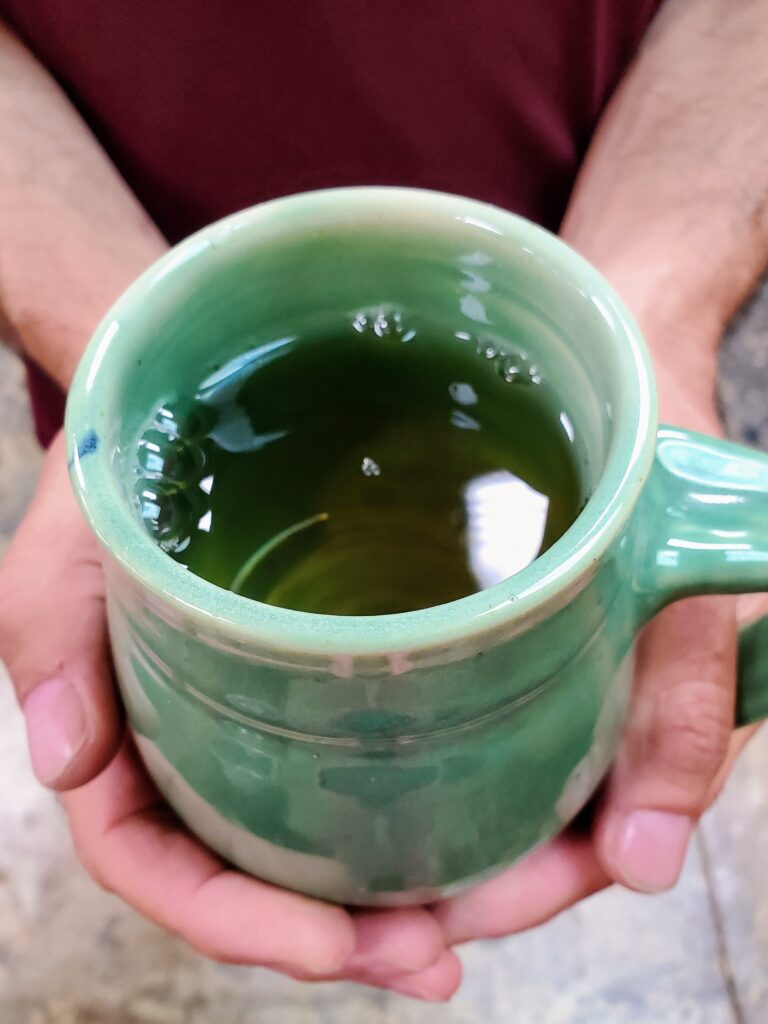
Looking for high quality and tasty green tea?
Green tea is one variety of tea that often gets a bad rap for being too bitter. And the reason for green tea brewing up bitter can most likely be attributed to one of these four reasons.
Not brewing green tea correctly is the most likely cause of bitter tea. Bitter tea is often burnt tea. Unlike herbal teas, green tea cannot tolerate boiling water. Most green teas should be brewed between 160° - 180°F for just 2 - 3 minutes.
A few green teas like Gyokuro might even need a lower brewing temperature.
We suggest you invest in a temperature controlled kettle or a tea thermometer, so the temperature of the water can be controlled when brewing tea. If you don’t have a thermometer or kettle, one rule of thumb for green tea is to bring your water to a boil and then let it sit for 5 minutes before adding it to your tea leaves.
And keep in mind that brewing at a cooler temperature won’t hurt your tea at all!
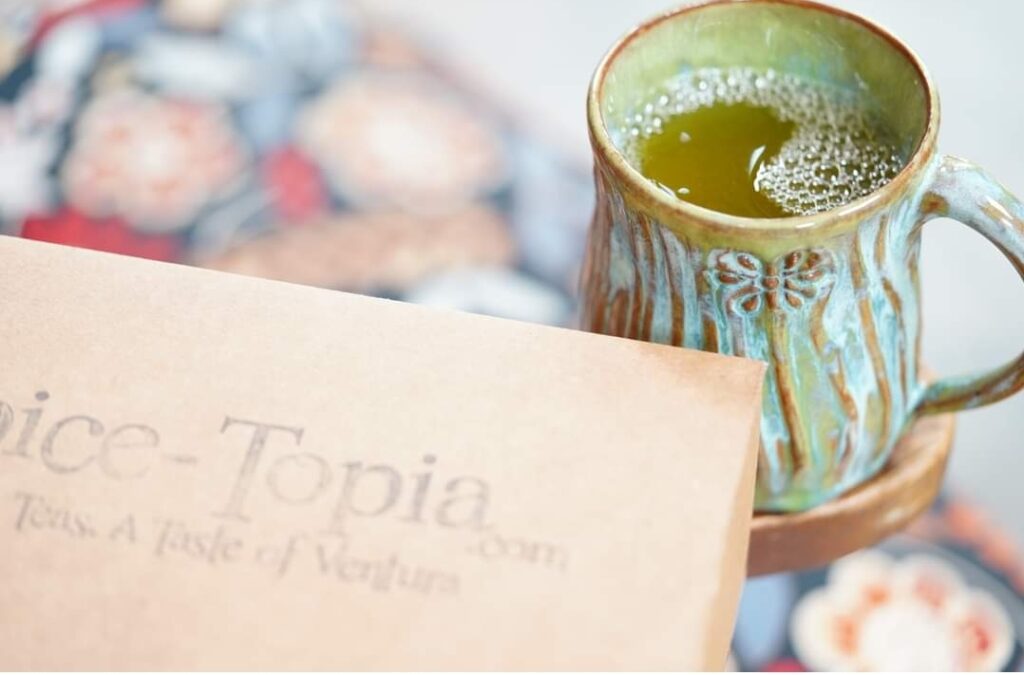
Just like brewing your tea too hot, brewing for too long can also create bitter tea. Most green teas should be steeped for between 2 - 3 minutes. Brewing your tea for longer won’t result in a “stronger” tea flavor. Longer brewing times releases more tannins which is where much of the bitterness comes from.
Tea doesn’t usually go bad, but it can degrade over time. In fact, green tea has the shortest shelf life of all teas with the exception of white tea.
Green tea needs to be stored out of the light in a cool dry area.
Storing your tea properly will help it keep its flavor over time.

Bitter tea can also be the result of using poor quality tea. Loose leaf tea tends to deliver better quality than tea in a tea bag. Many teas in tea bags are graded as fannings or dusts.
Before commercially available tea bags, fannings and dusts were considered inedible and were used to compost tea fields.
But for tea bags–they seem perfect. They are small enough to fit into a tea bag and they don’t expand when brewed like whole leaves of tea. So what’s the problem you ask? The broken leaves loose their essential oils quickly and with the loss of essential oils comes the loss of flavor. And these smaller pieces tend to release tannins quicker than whole leaves. More tannins means more bitterness.
Green tea has many different notes depending on where and how it is grown as well as how it is processed.
Japanese green teas are steamed while being processed. This tends to give these teas a vegetal taste often with nutty undertones.
Chinese green teas are usually dried using a wok which produces a more smoky flavored tea.
Green teas can also be roasted giving them an even more complex flavor.
We hope this has helped lead you down the path of finding a green tea that tastes delicious to you!
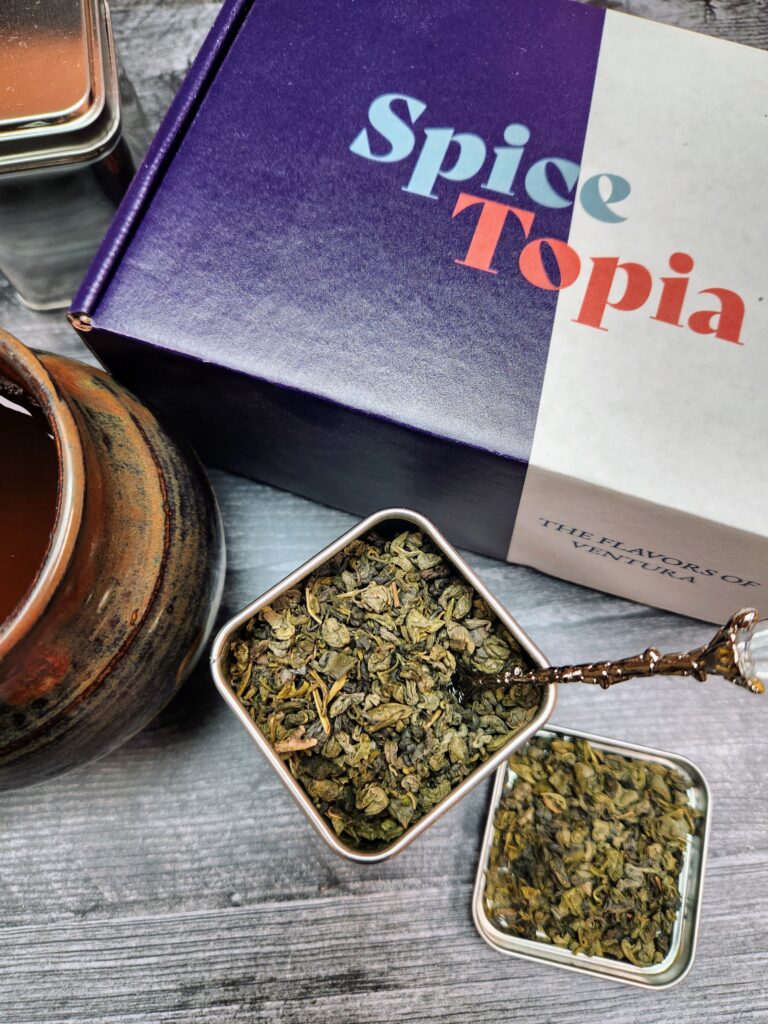
Our Organic Gunpowder Green Tea is a tea with a rich flavor and a hint of sweet smokiness. The leaves are rolled into little pellets ("pinheads") that unfurl and 'bloom' in your cup. The unique fired drying process of this Chinese green tea gives it a unique smokey flavor.
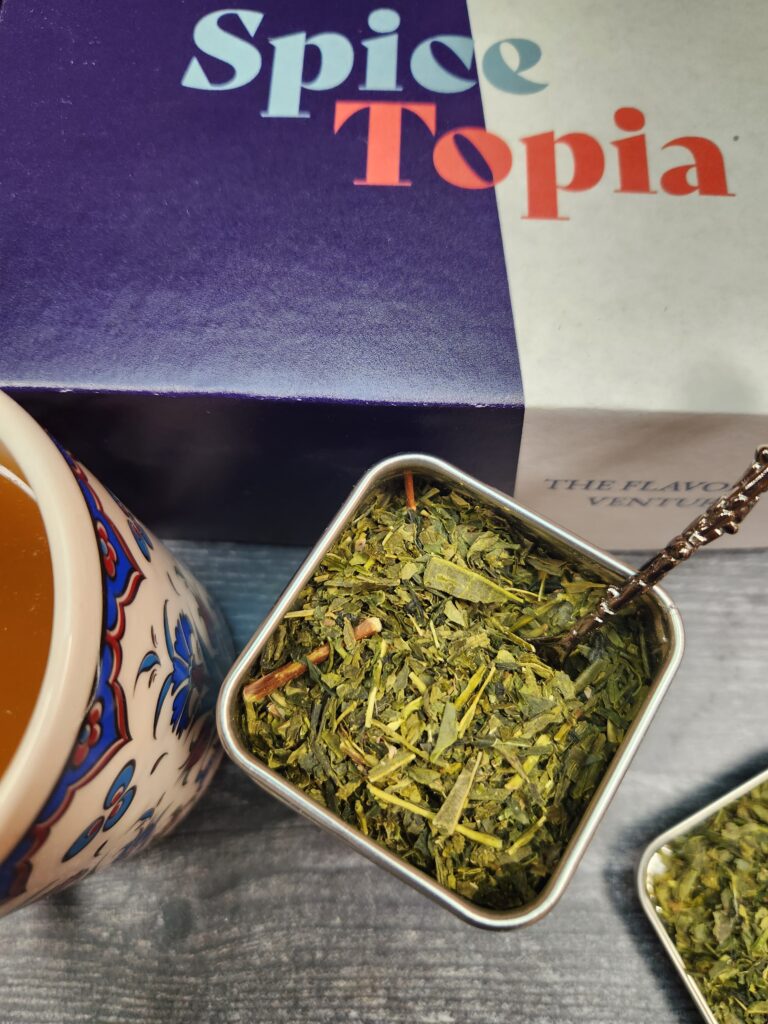
Our Organic Akaika Sencha Tea is a loose leaf green tea that is steamed during processing. This steaming process gives it a refreshing feel with especially green notes.
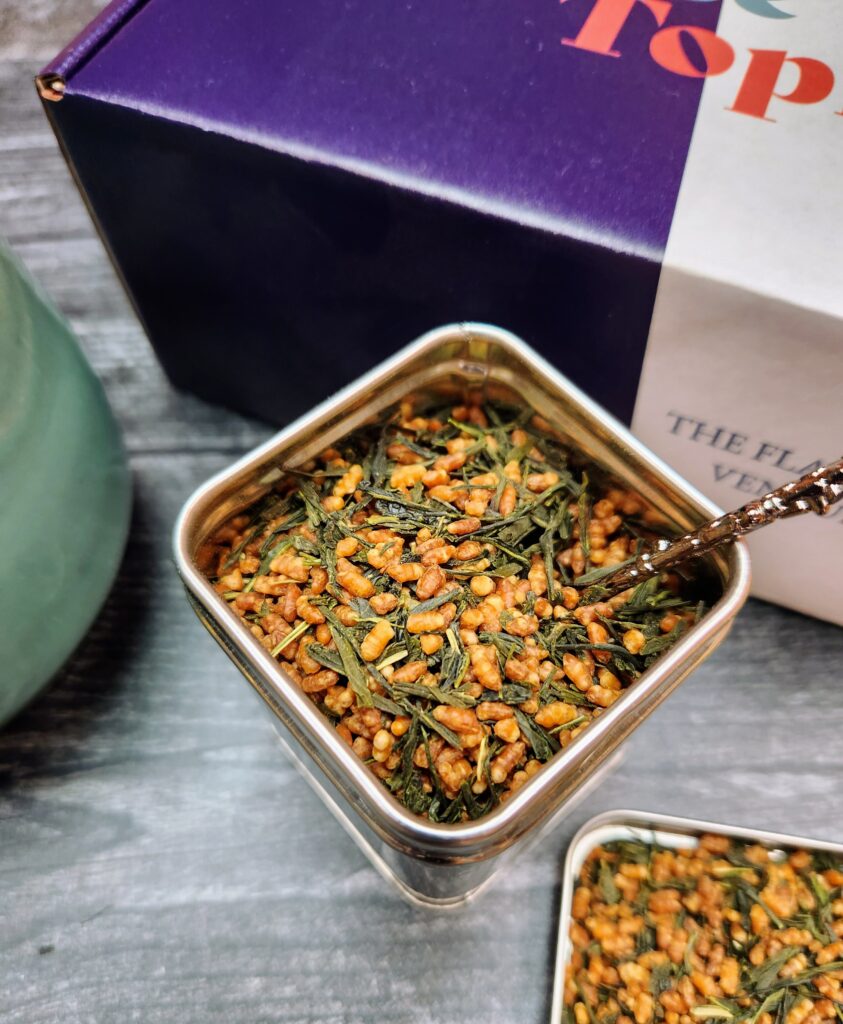
Our Organic Genmaicha Tea is a blend of loose-leaf Bancha tea and toasted rice. This tea mix was originally created by Japanese farmers after World War II when tea was scarce. Turns out roasted rice added a nutty savory flavor to the Bancha tea that became extremely popular across Japan. We agree--it’s a delicious accident!
Tag @spicetopia on Instagram and Hastag it #spicetopia so we can see all your recipes.
Pin this recipe and share it with your followers.
Organic, Fair-Trade, Ethically Sourced, Created with Love Spices, Teas, and Locally Crafted Foods
Thank you for visiting our site!